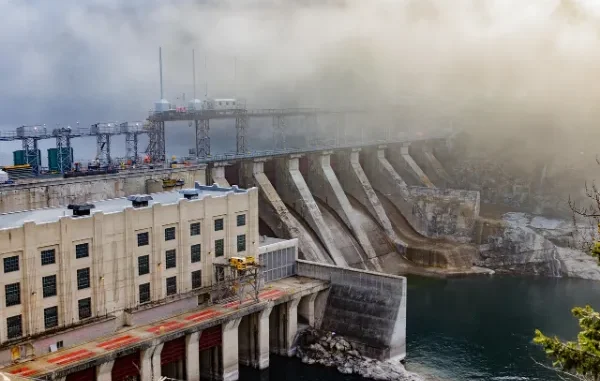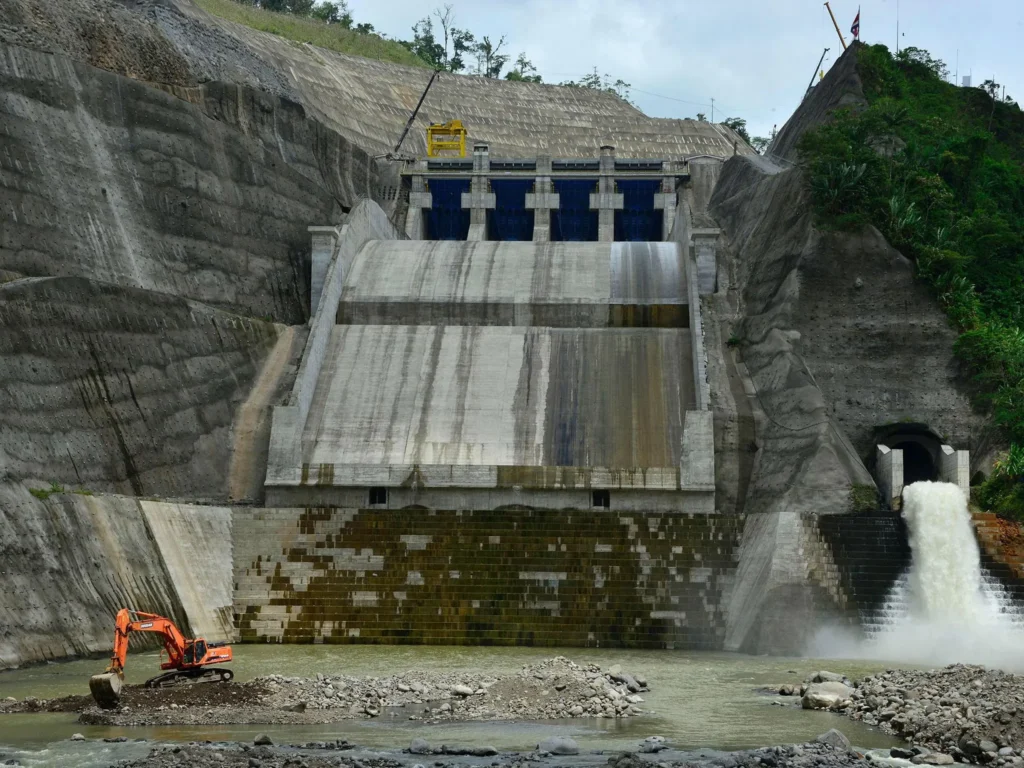

In an era of rapid technological change, infrastructure risk, environmental challenges and rising public expectations of service, the idea of “together we’re safe” is more important than ever. The phrase “Juntos Seguros ICE” brings together three key concepts:
- Juntos — together, collective action
- Seguros — safe, secure
- ICE — the institution behind energy, connectivity and services (in this case, Grupo ICE)
This article explores how Juntos Seguros ICE can be seen as a strategic mindset: how infrastructure provider ICE is leveraging innovation and community collaboration to deliver safe, sustainable services; what it means for citizens; the benefits and challenges; and what the future might look like.
What is Grupo ICE (ICE)?
The institution behind the term is Grupo ICE, a major Costa Rican electric and telecommunications group. According to its corporate principles:
- Its mission: “Brindar energía, conectividad y servicios digitales, seguros y sostenibles a los habitantes de Costa Rica.”
- Its vision: Lead in renewable electrification and provide a secure digital and energy ecosystem.
In 2024, ICE reported that more than 3,000 people in remote locations were connected to electricity for the first time, while more than 2,500 schools were connected to high-speed internet.
Thus, ICE is not simply an energy provider: it is at the intersection of connectivity, infrastructure, and public service.
When we talk about Juntos Seguros ICE, we’re framing ICE’s role not only in delivering services, but also in ensuring those services contribute to safety, community resilience, and shared responsibility.
What Does “Juntos Seguros ICE” Mean?
At its core, “Juntos Seguros ICE” means:
- Juntos – we act together (public, private sector, citizens)
- Seguros – in a manner that ensures security, reliability, resilience
- ICE – the institution bearing the responsibility for those infrastructure and service systems
From an article about the concept:
“The phrase ‘Juntos Seguros ICE’ can be interpreted in several meaningful ways. ‘Juntos Seguros’ means ‘Safe Together’ in Spanish — emphasizing collaboration and mutual protection. The term ‘ICE’ can represent an acronym for Instituto Costarricense de Electricidad (ICE) … or innovation, communication, and energy.”
Hence, the concept means: working together with modern infrastructure and digital tools to make our communities safer and more connected.
Why It Matters
Here are key reasons why the Juntos Seguros ICE philosophy is important:
1. Infrastructure Safety & Community Resilience
Infrastructure – for energy, telecommunications, digital services – is only as safe as it is secure, reliable, and responsive to risk.
For example: ICE has partnered with conservation groups to reduce risks to wildlife from power lines in Costa Rica.
Resilient infrastructure means fewer outages, fewer service disruptions, and less vulnerability to natural disasters or cyber threats.
2. Digital Transformation & Access
As ICE’s mission states, connectivity and digital services go hand in hand with energy. Ensuring people are connected means access to information, education, new opportunities. According to ICE’s 2024 report: they connected many remote communities.
When citizens are connected, they are more informed and capable, which strengthens “seguridad” in the broader sense (economic security, social security, access to services).
3. Shared Responsibility and Trust
The “together” part is crucial. It implies that safe infrastructure is not only built and maintained by the institution, but that users, citizens, partners also have a role — in reporting problems, adopting safe habits, investing in awareness.
ICE emphasizes values such as integrity, commitment and excellence.
When trust is built, resilience improves, because stakeholders coordinate rather than operate in silos.
4. Sustainability as Safety
Safety isn’t just about avoiding accidents or threats: in modern times, a safe community is one that is sustainable. ICE’s sustainability initiatives (renewable energy, forest conservation, digital inclusion) show this broader view of “seguro”.
Sustainable services reduce long term risk of failure, provide stability, and contribute to social well-being.
Key Elements of Implementation
What sorts of initiatives or mechanisms does Juntos Seguros ICE involve? Here are some of the main elements:
A. Digital Monitoring and Real-Time Data Systems
Modern infrastructure requires digital systems to monitor performance, detect anomalies, and respond quickly. ICE’s connectivity component enables more digital oversight of networks and energy systems.
B. Community Engagement & Reporting
Engaging citizens in noticing problems (damage to lines, outages, digital connectivity issues, wildlife hazards) helps early detection. For example: the collaboration with the conservation centre to protect fauna from electrical infrastructure.
C. Safety by Design & Standards
Infrastructure built with safety and resilience as a design principle: e.g., lines insulated, redundancies built in, maintenance programs. ICE’s corporate mission includes “servicios … seguros y sostenibles”.
D. Digital Inclusion & Access
Ensuring people have access to reliable connectivity and electricity means that digital exclusion doesn’t become a security vulnerability. Connecting remote schools and communities (as ICE did) creates broader stability.
E. Environmental & Climate-Risk Preparedness
Since climate risk (storms, droughts) threaten infrastructure, embedding environmental awareness in operations is part of safety. ICE’s report includes avoiding 46,700 tons of CO₂ and protecting forest areas.
Benefits for Communities & Individuals
What do communities gain from the Juntos Seguros ICE mindset?
- Reliability: fewer outages, fewer surprises in service.
- Empowerment: Users can participate in reporting, monitoring, making their environment safer.
- Access to opportunity: connectivity and electricity open doors for education, business, health.
- Safety from hazards: better infrastructure leads to fewer accidents, less risk of major failures.
- Sustainable future: alignment with renewable energy and environmental protection means long-term benefit.
Challenges and Considerations
As positive as the concept is, there are real challenges:
1. Balance between Innovation and Privacy/Safety
While digital systems gather data for safety, they also raise concerns of privacy, surveillance or misuse of data. Juntos Seguros ICE must ensure innovation doesn’t compromise rights.
2. Inclusion of Remote or Marginalised Areas
Bridging the digital divide is difficult; remote areas may lack infrastructure, technical skills, funding. Ensuring “together” includes everyone is a significant challenge.
3. Infrastructure Costs & Maintenance
Building resilient networks is expensive. Ensuring upkeep, modernization, cyber security, climate-proofing—all require long-term investment.
4. Complexity of Multi-Stakeholder Coordination
“Together” means many parties: public sector, private contractors, citizens. Coordinating effectively can be difficult and subject to governance risks.
5. Communication and Trust
If services fail, or transparency is lacking, trust erodes. “Seguros” depends as much on credibility as it does technical performance. ICE’s corporate values emphasise integrity to guard this.
A Case Study: ICE & Fauna Protection
One concrete example of the Juntos Seguros ICE approach: In Costa Rica, ICE partnered with the conservation centre and the Ministry of Environment (MINAE) since 2017 to protect wildlife in the Caribbean region from risks posed by power lines.
They isolated 2,700 metres of secondary lines in high-fauna areas, reducing the risk of electrocution and improving wildlife safety. This shows how infrastructure safety and environmental protection intersect: not simply keeping power on, but keeping ecosystems safe — a broader notion of ‘security’.
What’s Next? Future of Juntos Seguros ICE
Looking ahead, the concept suggests several possible developments:
- Smart grid / IoT expansion: More sensors, predictive maintenance, real-time analytics.
- AI-powered resilience systems: Using data to forecast failures, optimize repairs, reduce downtime.
- Expanded connectivity + digital services: More communities connected, more inclusion.
- Green energy + smart infrastructure: Hybrid systems, micro-grids, resilience to climate shock.
- Citizen-driven platforms: Tools for communities to report or monitor infrastructure conditions (in essence, community-powered safety).
- Cross-sector collaboration: Infrastructure, energy, telecom, environment and social sectors working as one system.
Conclusion
“Juntos Seguros ICE” is more than a slogan — it encapsulates a comprehensive philosophy combining infrastructure, technology, community and safety. For institutions like Grupo ICE, it means going beyond simply delivering energy and connectivity — it means building reliable, resilient, inclusive and sustainable systems, with citizen participation and shared responsibility.
For communities, it means access, empowerment, and security.
In a world of uncertainty—climate risks, digital threats, infrastructure aging—the idea of being safe together, backed by modern infrastructure and connectivity, is critical.
Leave a Reply